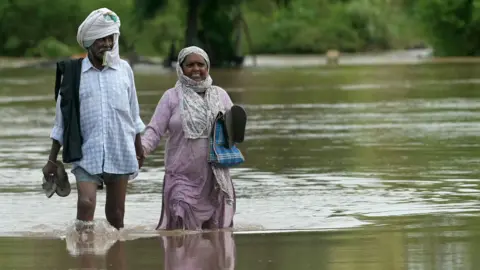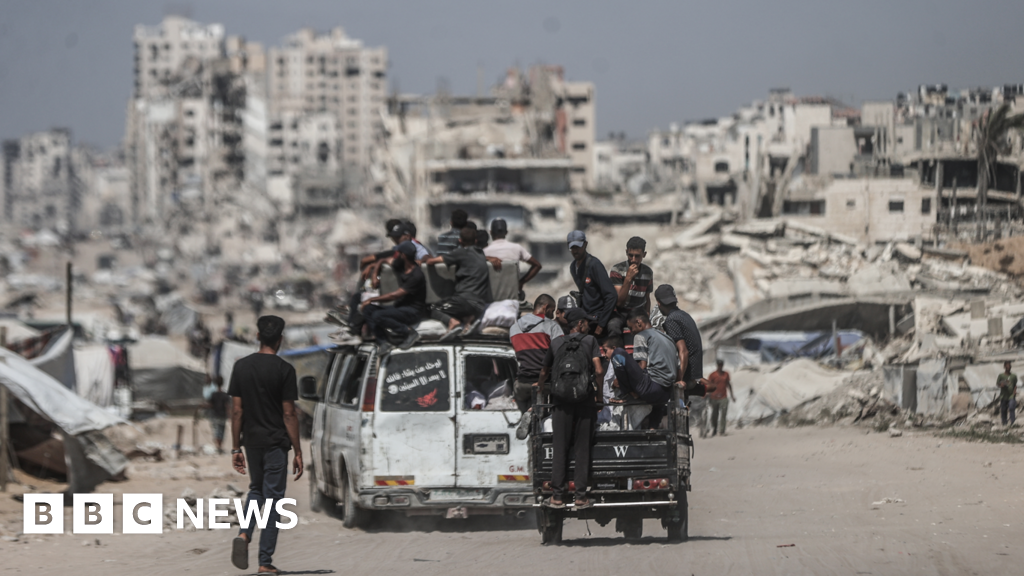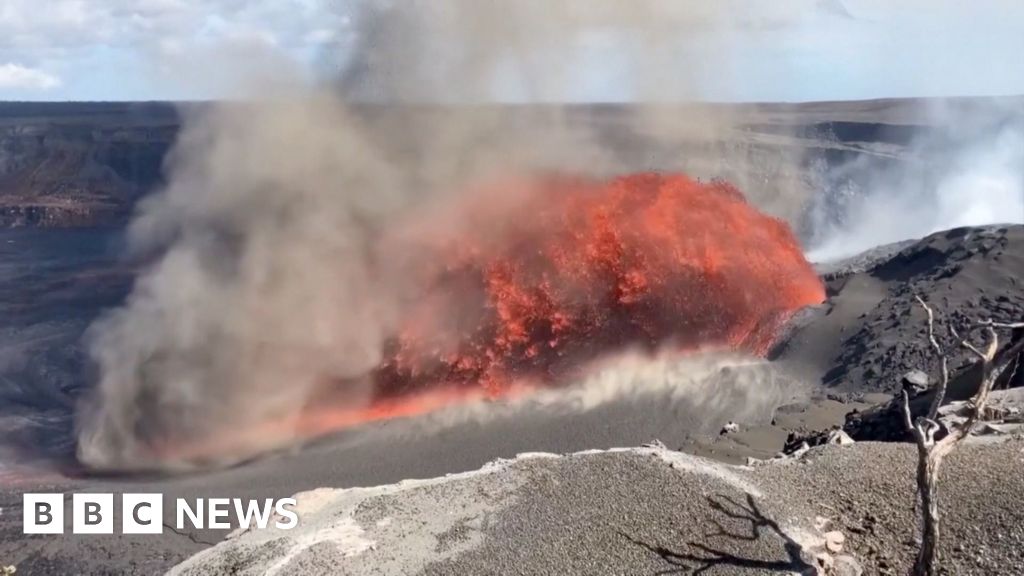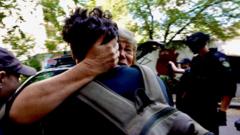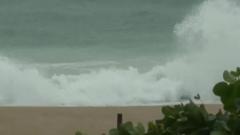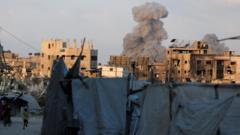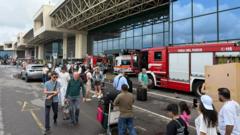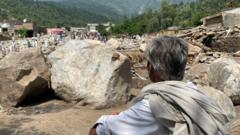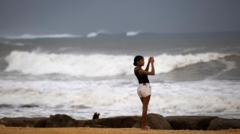On Wednesday, a volcano in Iceland erupted for the 12th time in just four years, occurring in the Sundhnukur Crater, which is situated near Reykjavik. The recent eruption, which began at approximately 3:56 a.m. local time, released clouds of gray smoke and a limited flow of lava but did not pose any threats to the surrounding communities, according to Gisli Olafsson, the secretary general of the Icelandic Red Cross, who provided updates via social media.
Prior to the eruption, the Icelandic authorities took precautionary measures by evacuating Grinderik, a village located 25 miles southwest of Reykjavik, along with the well-known Blue Lagoon geothermal spa. The spas’ status post-eruption remains unclear, as inquiries to the company managing it went unanswered.
The Icelandic Meteorological Office indicated that seismic activity that preceded the eruption manifested in the form of earthquakes in the area, signalling imminent volcanic activity. They reported that the fissure from which the magma surfaced extends about half a mile, with lava primarily flowing southeast, steering clear of any significant infrastructure. Fortunately, no injuries or damages have been reported thus far.
While the volcanic activity continues to escalate, the eruptions had historically been more spaced out, occurring approximately every three to four years. However, the Svartsengi volcanic system has witnessed a significant uptick in activity, prompting attention from both local authorities and the population at large.
As the eruption progresses, officials have noted that winds could potentially blow volcanic gas clouds toward the vicinity of Iceland's primary international airport, located about 20 miles northwest of Grindavik. Despite this concern, there have been no immediate disruptions to flight operations as of early morning local time.
Francesca Regalado contributes further insights on the evolving volcanic scenarios and their implications for Icelandic communities.







